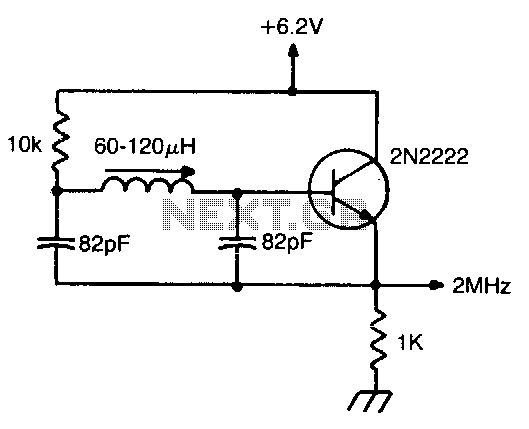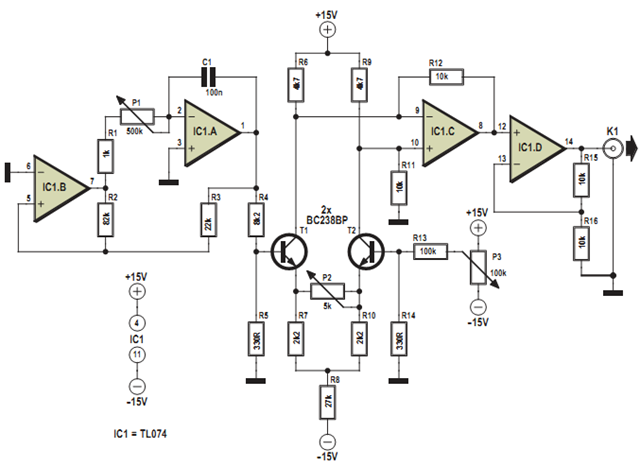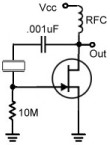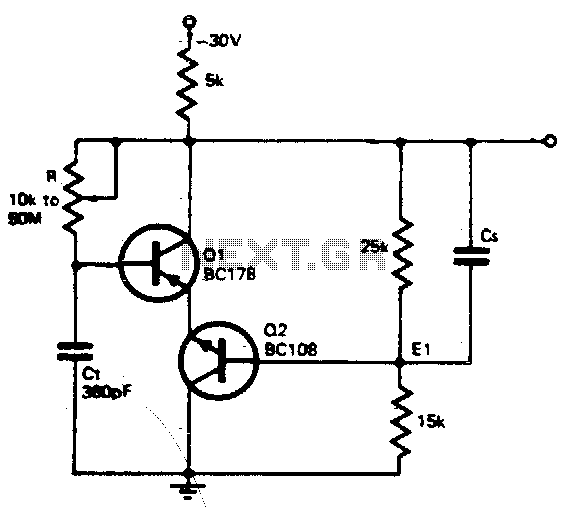
Crystal Oscillator II
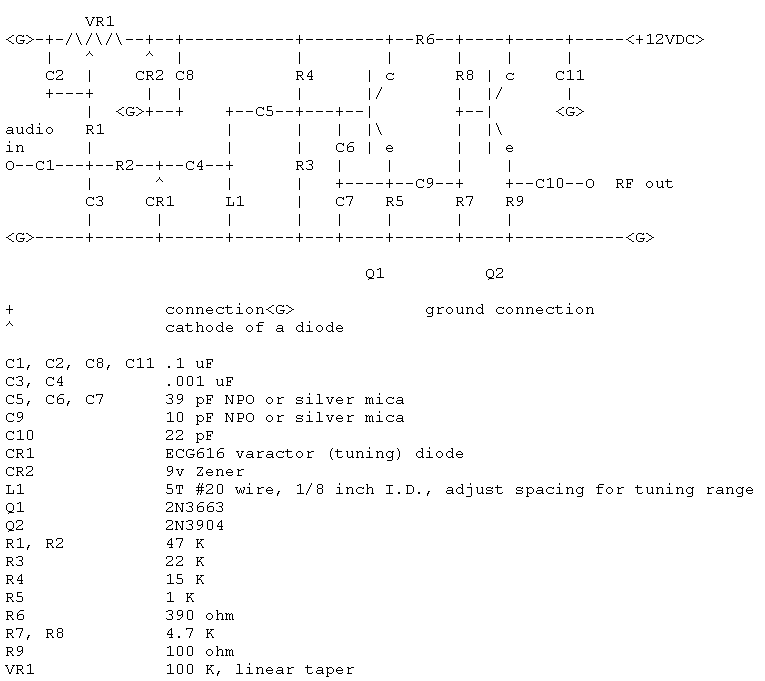
The world is full of xtal oscillators twiddled by digital designers lacking in the analog design knowledge necessary. Just look at all the PC real time clocks that lags or leads by several minutes per day. And they eat backup batteries too! ICs with pins that say "Xtal here" can't be trusted either!
Crystal oscillators, or xtal oscillators, are essential components in various electronic devices, providing stable frequency references for timing and synchronization. However, the design and implementation of these oscillators require a solid understanding of both analog and digital principles to ensure accurate performance. Many digital designers may overlook critical analog design considerations, leading to issues such as drift in real-time clocks (RTCs), which can result in timekeeping errors of several minutes per day.
A typical crystal oscillator circuit consists of a quartz crystal, an amplifier, and feedback components. The crystal acts as a resonator, vibrating at a specific frequency when an alternating current is applied. The amplifier, often implemented using operational amplifiers or dedicated oscillator ICs, provides the necessary gain to sustain oscillation. Feedback components, including resistors and capacitors, are crucial for setting the oscillation frequency and ensuring stability.
In many cases, integrated circuits (ICs) designed for digital applications may include pins labeled "Xtal here" for connecting external crystals. However, these connections can be misleading if the ICs are not designed with adequate analog circuitry to support the crystal's characteristics. Without proper impedance matching and load capacitance considerations, the oscillator may not operate at its intended frequency, leading to unreliable timekeeping.
To mitigate these issues, designers should prioritize understanding the specifications of the crystal, including its series and parallel resonance frequencies, load capacitance requirements, and drive level ratings. Additionally, implementing proper decoupling techniques and ensuring a stable power supply can significantly enhance the performance of crystal oscillators. Careful layout practices in PCB design, such as minimizing trace lengths and avoiding interference from digital signals, are also essential for maintaining oscillator stability.
In conclusion, while xtal oscillators are vital for accurate timing in digital systems, their design requires a comprehensive understanding of analog principles. By addressing these considerations, designers can create more reliable and accurate timekeeping solutions that do not suffer from the common pitfalls associated with poor oscillator design.The world is full of xtal oscillators twiddled by digital designers lacking in the analog design knowledge necessary. Just look at all the PC real time clocks that lags or leads by several minutes per day. And they eat backup batteries too! IC`s with pins that say "Xtal here" can`t be trusted either! 🔗 External reference
Crystal oscillators, or xtal oscillators, are essential components in various electronic devices, providing stable frequency references for timing and synchronization. However, the design and implementation of these oscillators require a solid understanding of both analog and digital principles to ensure accurate performance. Many digital designers may overlook critical analog design considerations, leading to issues such as drift in real-time clocks (RTCs), which can result in timekeeping errors of several minutes per day.
A typical crystal oscillator circuit consists of a quartz crystal, an amplifier, and feedback components. The crystal acts as a resonator, vibrating at a specific frequency when an alternating current is applied. The amplifier, often implemented using operational amplifiers or dedicated oscillator ICs, provides the necessary gain to sustain oscillation. Feedback components, including resistors and capacitors, are crucial for setting the oscillation frequency and ensuring stability.
In many cases, integrated circuits (ICs) designed for digital applications may include pins labeled "Xtal here" for connecting external crystals. However, these connections can be misleading if the ICs are not designed with adequate analog circuitry to support the crystal's characteristics. Without proper impedance matching and load capacitance considerations, the oscillator may not operate at its intended frequency, leading to unreliable timekeeping.
To mitigate these issues, designers should prioritize understanding the specifications of the crystal, including its series and parallel resonance frequencies, load capacitance requirements, and drive level ratings. Additionally, implementing proper decoupling techniques and ensuring a stable power supply can significantly enhance the performance of crystal oscillators. Careful layout practices in PCB design, such as minimizing trace lengths and avoiding interference from digital signals, are also essential for maintaining oscillator stability.
In conclusion, while xtal oscillators are vital for accurate timing in digital systems, their design requires a comprehensive understanding of analog principles. By addressing these considerations, designers can create more reliable and accurate timekeeping solutions that do not suffer from the common pitfalls associated with poor oscillator design.The world is full of xtal oscillators twiddled by digital designers lacking in the analog design knowledge necessary. Just look at all the PC real time clocks that lags or leads by several minutes per day. And they eat backup batteries too! IC`s with pins that say "Xtal here" can`t be trusted either! 🔗 External reference
